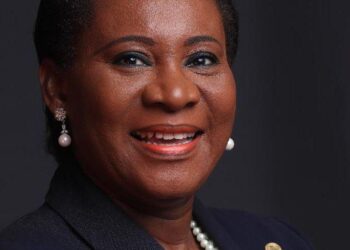In what appears to be a bold step by South Africa’s largest pension fund to be liberated from the Public Investment Corporation, PIC, the Government Employees Pension Fund, GEPF, has decided that its more than R700 billion worth of assets will no longer be registered under the PIC. The fund would now become a more vocal shareholder and real owners of its assets.
Kuscus Martin Kuscus, the fund’s head, told investors and journalists that his board had decided the pension fund would incorporate environmental, social and corporate governance issues into all of its decision-making processes; take control of its assets back from the PIC; and vote at shareholder meetings. He added that: “We will be consistent and we will communicate.”
The fund has been rated the seventh largest pension fund of its kind in the world, with more than 1.3 million members. Its investment approach has always been through the PIC, but now it’s wresting back control. Apart from changing the registration of its assets, it has also recently given the PIC a comprehensive document detailing a tight mandate to ensure that the assets the PIC manages perform “at the maximum”.
Kuscus, who was appointed to the pension fund last year, has been on a crusading mission. Since his appointment, he has been to New York, United States and was invited by Kofi Annan, former United Nations, secretary-general to sign the world body’s principles of responsible investment. There principles with the backing of more than S10 trillion of the world’s finance, guide investment professionals to give thought to environmental, social and corporate governance issues.
Kuscus said the board was determined to have a more diversified portfolio and to minimize fluctuations, in order to finance emerging sectors of the South African economy and promote economic well-being, hence the investment in the Pan African Infrastructure Fund, PAIF. It also wanted to develop the capacity and intellectual capital of the investment management industry. To meet this third aim, the pension fund has said it would put the management of R90 billion of its assets out to tender.
Toward this end, the PIC has to withdraw an unspecified amount of money from the market. It said while the new allocation would be spread among a greater number of fund managers, it would also have ratios almost unchanged, with 72 per cent pf the PIC’s funds-in house and 28 per cent held eternally
















